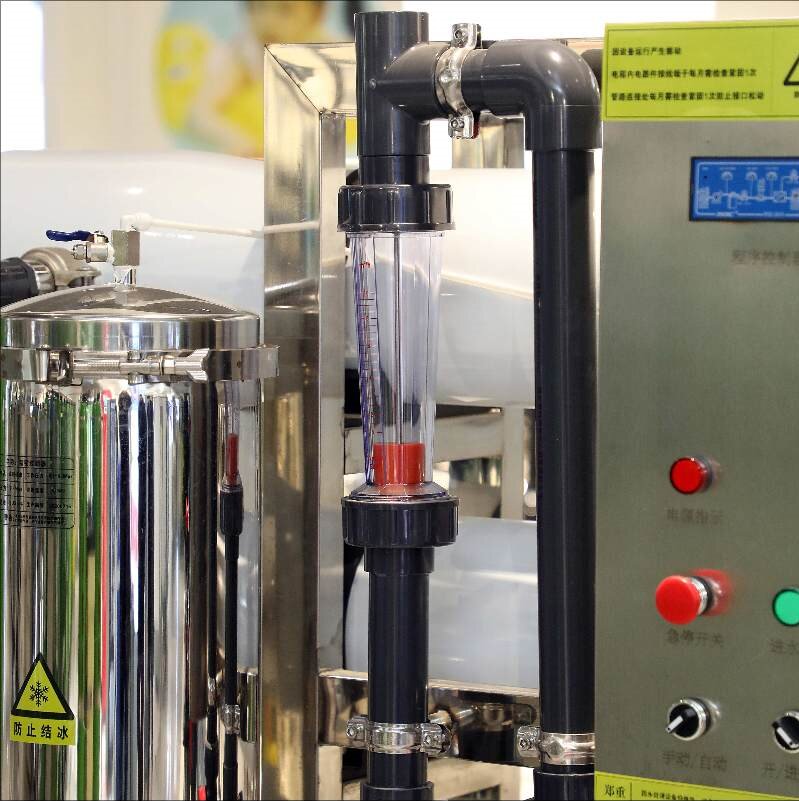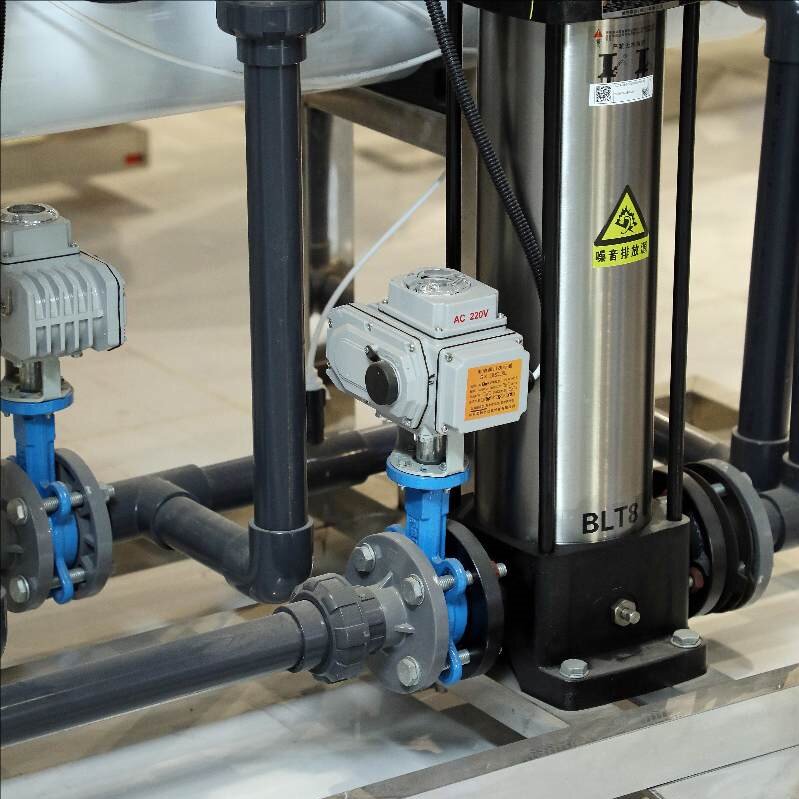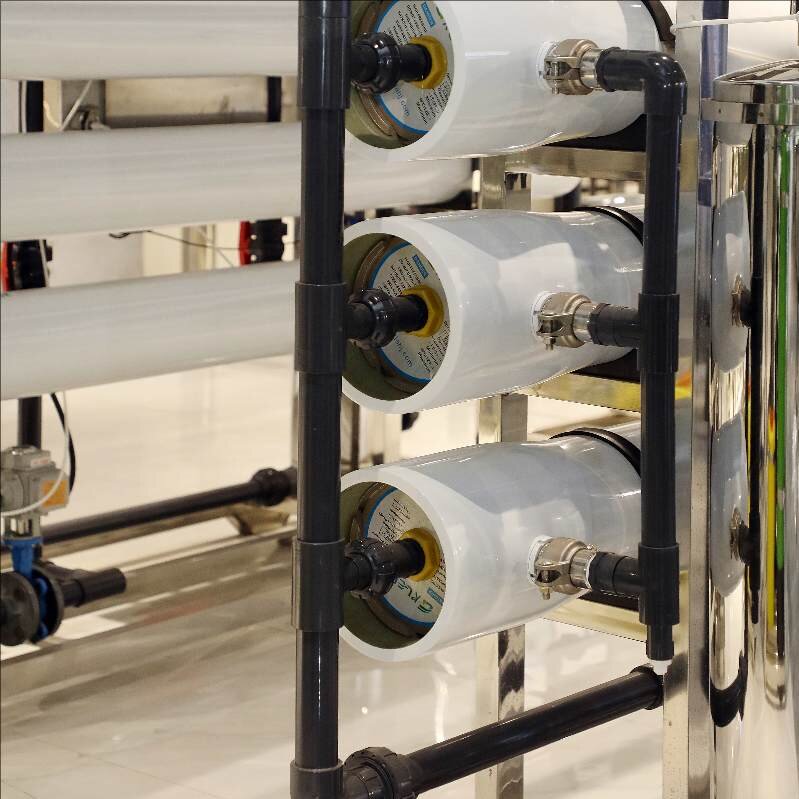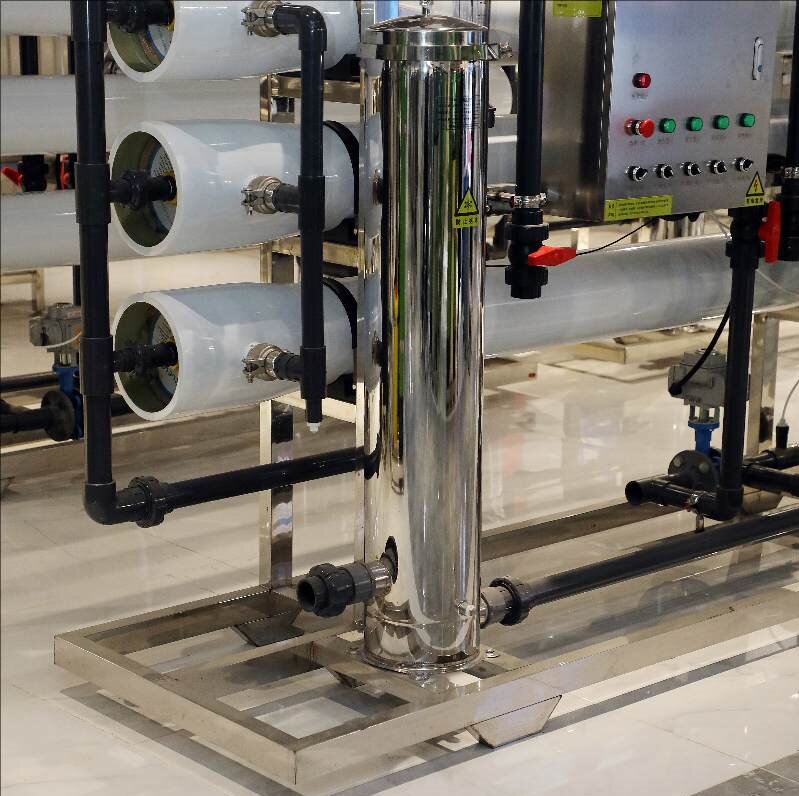
- Qingqingquan
- Shandong
- 20 days
- 300 units per month
Tap water purification water treatment system for municipal tap water, groundwater, well water, river water, lake water, according to the water quality and accurate removal of impurities, in addition to iron and manganese odor
Tap Water Purification Water Treatment Systems
I. System Overview
Tap water purification water treatment system is a multi-functional water quality treatment device, which is designed to meet the pretreatment needs of different water sources. Whether it is municipal tap water, river water or lake water, the system can make the water quality meet the standard of domestic water through a series of treatment processes. Despite the different characteristics of different water sources, the basic treatment principle of the system remains the same, i.e., removing sediment, algae, off-color, off-flavor and reducing hardness in the water.
Comparison of traditional and modern:
●The traditional method of removing sediment mostly uses flocculation and sedimentation, but this method occupies a large area and requires specialized management.
● The modern system utilizes the strong filtration effect of quartz sand and other filter materials to realize more efficient and compact water purification.

Ⅱ. The Process Method
System according to the different treatment objectives and water quality characteristics, designed a variety of treatment processes:
1.Typical filtration and purification treatment process:
● Flow: Raw water → DL series filter media → DH series active adsorption filter media → fine filter → disinfection device → user
● Characteristics: Effectively removes suspended solids, organics and microorganisms in the water through multi-stage filtration and adsorption to ensure safe water quality.
2. Process of iron and manganese removal:
● Flow: Raw water → oxidation treatment → DT series of iron and manganese removal filter media → users
● Features: For the problem of iron and manganese exceeding the standard in the groundwater, iron and manganese ions form a precipitation through oxidation treatment, and then filtered by iron and manganese removal filter media to achieve the purpose of removal.
3. Odor removal process:
● Process: Raw water→TH activated adsorption filter→chlorination→users
●Features: Use activated adsorption filter to remove odor substances in the water, and then disinfect it by chlorination to ensure the taste and safety of water quality.
4.Turbidity treatment of well water:
● Flow: Raw water → sand filter + carbon filter → user
● Features: For the problem of turbidity of well water, through the combined use of sand filter and carbon filter, the suspended and organic matter in the water can be effectively removed, and the clarity of water can be improved.

Ⅲ. System description
1. Necessity of iron and manganese removal:
● The iron and manganese content of drinking water and industrial water have strict regulations, and iron and manganese removal is required when the standard is exceeded.
2. Process selection:
● The selection of groundwater iron and manganese removal process should be based on the quality of raw water, treated water quality requirements and similar water plant operation experience, determined through technical and economic comparison.
3. Contact oxidation method of iron removal:
● groundwater iron removal should be used contact oxidation method, the process of raw water aeration → contact oxidation filtration, through aeration to increase the dissolved oxygen in the water to promote the oxidative precipitation of iron ions.
4. At the same time containing iron, manganese treatment:
● When the raw water contains iron and manganese at the same time, the process needs to be determined according to the amount of iron and manganese and the influence of silicate and other factors.
● Iron content is less than 6.0mg / L, manganese content is less than 1.5mg / L, can be used as raw water aeration → single-stage filtration.
● When the iron or manganese content exceeds the standard, it is necessary to determine the process through the test, if necessary, multi-stage filtration can be used.
● In addition to iron affected by silicate, it is necessary to determine whether to increase the aeration link through the test.












































